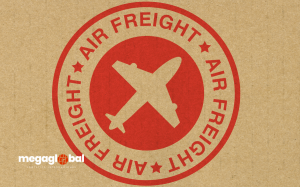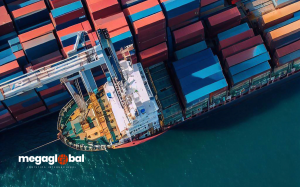Logistics Traceability: Improve Efficiency and Reduce Risks in Your Supply Chain. Learn how a traceability system can provide complete visibility and transparency in your logistics operations.
Logistics traceability has become a fundamental pillar for companies looking to optimize their operations and minimize risks. From operational efficiency to regulatory compliance, a good traceability system allows real-time monitoring of the supply chain. In this article, we will explore what traceability is, its types, and how to implement it in your business for better efficiency.
What is Logistics Traceability?
Logistics traceability refers to the ability to track and monitor a product throughout its journey, from origin to final destination. This involves gathering key information at each point in the process, allowing companies to have a clear and precise view of where their products are and in what conditions. In a world where supply chains are increasingly complex, traceability is not just an option but a necessity.
Why is it so important?
A well-implemented traceability system offers multiple benefits that directly impact the operation of any company:
– Improved Efficiency: Identifying bottlenecks and critical points in the supply chain facilitates route optimization and reduced delivery times, which also helps minimize operational costs.
– Increased Transparency: By offering clear and precise information about the status of products, companies can build trust with their customers and strengthen their reputation.
– Risk Reduction: Traceability allows problems like losses or damage to products to be detected before they reach the customer, reducing claims and improving overall satisfaction.
– Regulatory Compliance: In regulated sectors such as food or pharmaceuticals, traceability is a requirement to ensure that products comply with current regulations, avoiding penalties.
Types of Traceability
There are two main types of traceability:
- Backward Traceability: This consists of tracking the origin of products, from raw materials to when they reach the warehouse. It is useful for identifying any anomaly or issue that could affect the quality of the final product.
- Forward Traceability: This allows you to track the journey of a product from when it leaves the warehouse until it reaches the final consumer. This type of traceability is crucial for ensuring that products arrive in the agreed conditions and within established deadlines.
How to Implement a Traceability System
Implementing a traceability system does not have to be complicated. To begin, it is important to follow these steps:
1. Define Clear Objectives: Before implementing any technology, it’s essential to determine which aspects of the operation you want to monitor. Do you want to track the exact location of products in real-time or ensure optimal transport conditions?
2. Select the Right Technology: There are various technological solutions for traceability, from barcodes to RFID tags or more advanced systems based on IoT sensors. The choice depends on the specific needs of the company.
3. Train the Staff: Any system is only as effective as the people using it. It’s essential that the entire team is trained to integrate the traceability system into their daily operations.
4. Monitor and Adjust: Once implemented, it’s important to regularly review the data provided by the traceability system and make adjustments as necessary to optimize the process.
Start optimizing your logistics operations today by incorporating a traceability system that gives you greater control over your supply chain. Discover the advantages of having total visibility at every stage!
#LogisticsTraceability #LogisticsEfficiency #RiskReduction #SupplyChainManagement #LogisticsOptimization #LogisticsInnovation #TechnologyInLogistics







